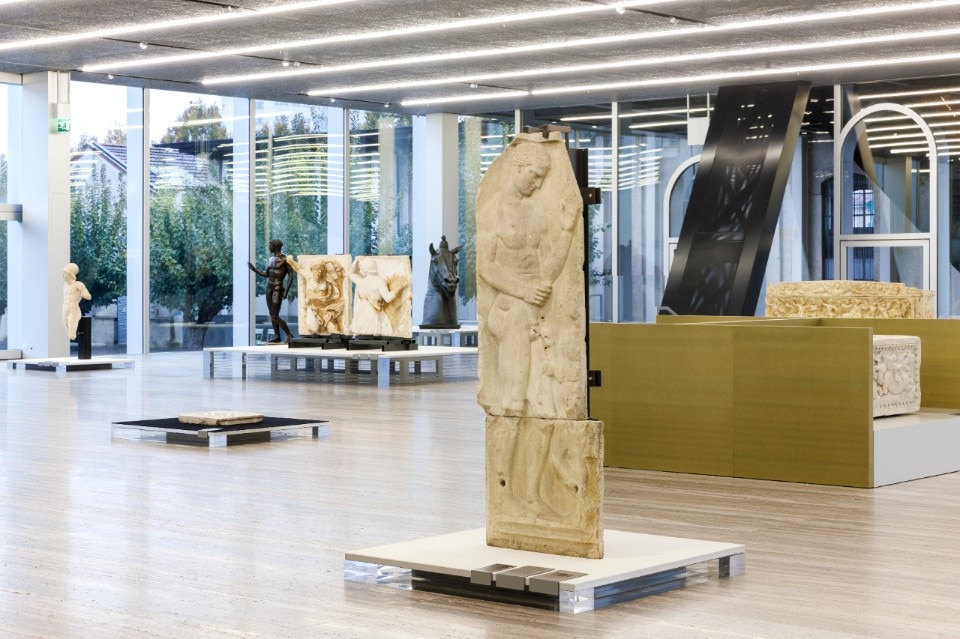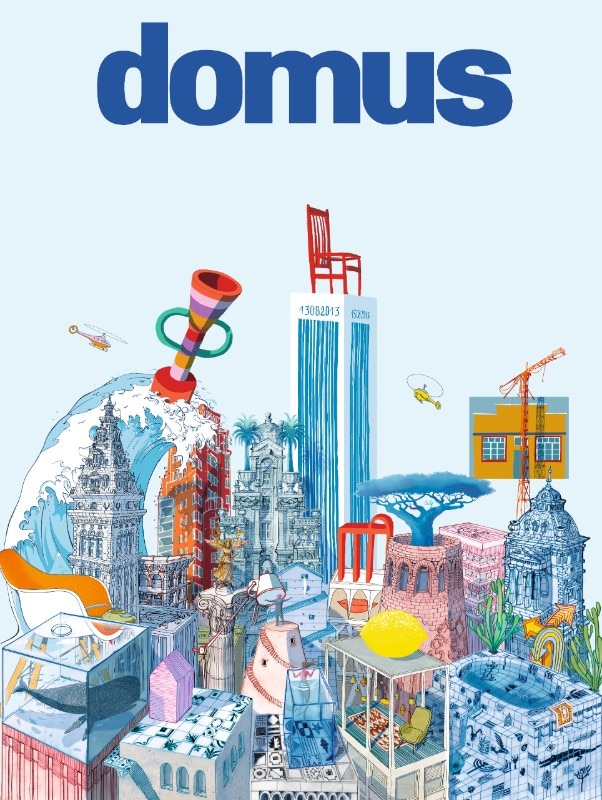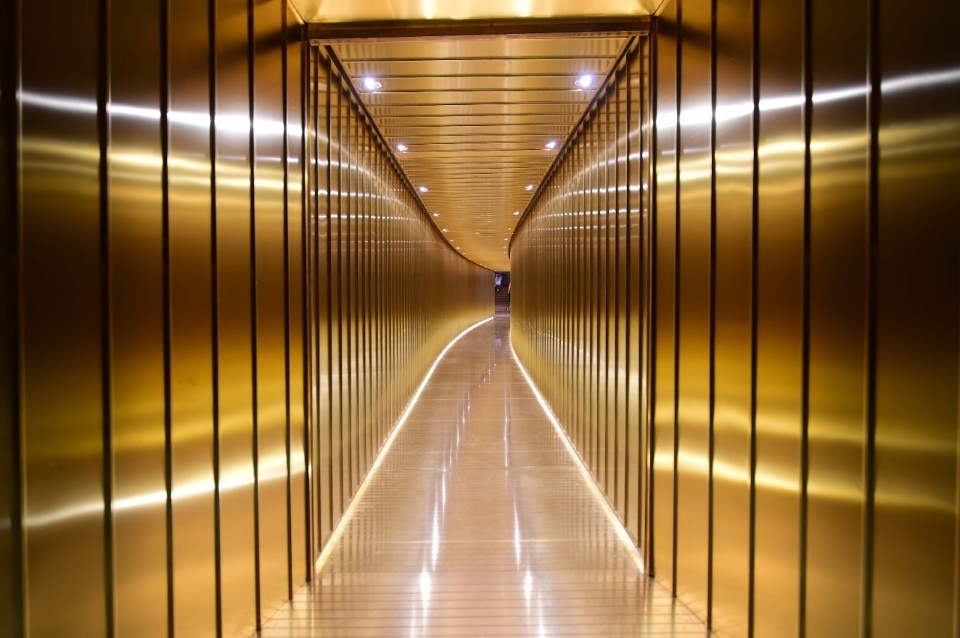We decided to devote the December issue, traditionally a survey of Italian circumstances, to the evolution of our museums and cultural institutions – a good way to close a year marked by unending economic, political and health crises. Italy’s global primacy in culture is not just based on UNESCO World Heritage Sites (58 in all – 53 cultural and 5 natural), but on its history, which has a positive effect on the economy, although not everyone agrees.
According to this year’s report Io sono cultura by Fondazione Symbola, in Italy every euro produced by culture generates 1.8 euros in other sectors. A virtuous circle, but still hostage to severe limitations, starting from the lack of quality infrastructure, which is essential for sharing a unique heritage with national and international audiences. Protection based on the resuscitation of dinosaurs has had its day. It has produced delays that make it difficult to catch up, and it has perpetuated an elitist idea of culture as being for insiders alone.
Culture is not passive or parasitic. Rather it is a live factor that follows the dynamics of society and probes it deeply. So culture definitely needs protection and conservation. At the same time, it must be valorised by contemporary types of diffusion and accessibility, ones that contribute to forming individual identity and erasing social differences.

In Europe, 20 percent of the population lacks access to cultural activities because of limited economic means. In Italy, this figure is much higher, making access to culture an instrument of power – alien, repressive, reactionary and obscurantist. To change this dynamic, museums are key. In Italy, there are just under 5,000 museums (63 per cent are public; 27 per cent are private). Over 70 per cent of them occupy buildings of historical or artistic interest.
Although visitor numbers to museums, monuments and national archaeological sites have grown in recent years, except during the pandemic, access is still hampered because the infrastructure is completely inadequate, the informative material is not up to standard, and the training of employees is not aligned with the type of public. At the moment, 60 per cent of museum staff speaks English, 31 per cent French, 13.5 per cent German, and less than 1 per cent Arabic, Chinese or Japanese. Without an investment in the asset of foreign languages, it will be difficult to increase visitor numbers and thereby income from admission fees and the democratic sharing of artistic heritage.
Less than half of Italian museums offer free admission, while the National Gallery and Tate Modern in London charge only for admission to temporary exhibitions, the Prado in Madrid is free in certain time slots, and the Louvre and the majority of French museums and monuments are free for all European citizens under 26 years old. In the UK, there was talk of reducing free admission tickets, but a study found that for every pound received in government subsidies (to compensate for the free tickets), national museums earn 3.5 pounds

Among the many aspects in need of renewal are the buildings, the exhibition displays and their safety – they are the focus of this issue. To think that only 17 per cent of Italian museums have been upgraded to the latest seismic standards and 30.7 per cent included in a municipal civil protection plan, compared to 34.8 per cent without a safety and emergency plan. Wealso need to talk about the texts, captions and background information written by museums, where regrettably there are endless examples of inadequacy.
Faced with these conditions, the government must intervene more incisively than it has done to date. Not only because it is laid down in the Constitution, but because we need to put an end to the paradox of being the country with the world’s richest cultural heritage that nonetheless fails to offer optimal access. Investments in culture always pay off in spiritual and social growth, and economic revenue. We need to change our ways, shift the paradigm, foster a new mindset, invest in new projects, the redesign of glorious institutions, staff training, digitisation, and the elimination of bureaucracy. Last but not least, the culture ministry should extend public contributions to the majorityof museums, given that only 32 per cent currently receive them.
Domus closes with the wish that in 2023 culture will have an even more significant impact on people’s quality of life, well-being and social integration. The next phase of Italian capitalism might well start from here.
Opening image: Gallerie d’Italia in Naples, a museum run by the Intesa Sanpaolo banking group and renewed by Michele De Lucchi in 2022. Photo Roberto Serra


